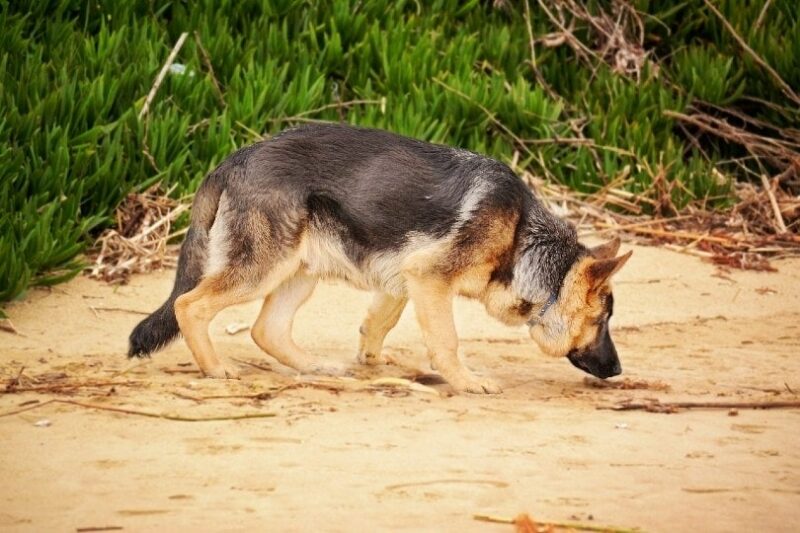What to Do When Your Cat Won’t Eat (Vet Answer)
By Dr. Paola Cuevas, MVZ (Vet)
Updated on
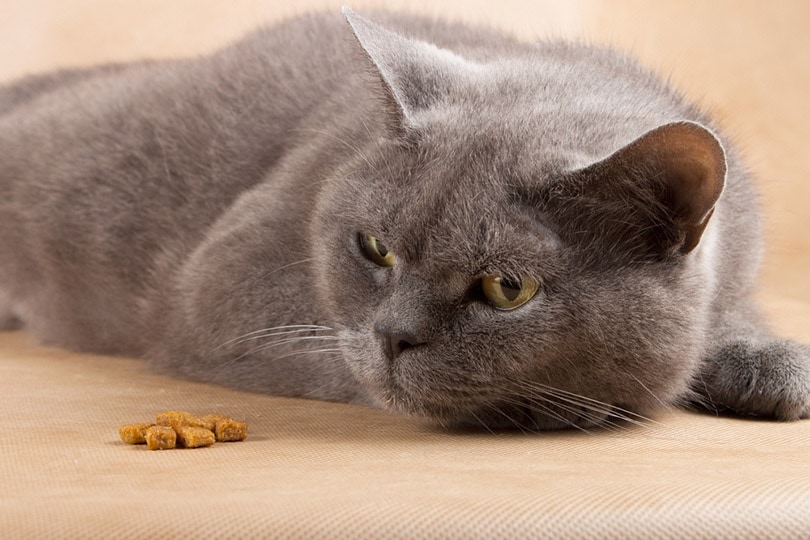
Food is a basic need for all animals and under normal circumstances, pets are really looking forward to food and treats. As a rule, if a cat refuses to eat, this is a very clear indicator that something is going on.
The medical term for this condition is “anorexia”. Anorexia is a sign of a very large list of possible causes and underlying diseases. A cat refusing to eat for 3 days is at extreme risk of dehydration and organ damage. If you’ve noticed that your cat has not eaten, please do not wait until tomorrow when it might be too late. If your cat is refusing to eat, take them in for medical consultation immediately.
What Are Some of the Possible Causes of Anorexia in Cats?
- Upper respiratory infections or nasal polyps: causes loss of smell and appetence of food.
- Injury, trauma, infection of inflammation in the oral cavity.
- Obstructions in the gastrointestinal tract caused by foreign objects or masses.
- Pain of diverse origins like foreign objects and spines, abscesses, fractures, or tumors, etc.
- Serious systemic diseases: such as pancreatitis, hepatitis, gastroenteritis, kidney disease, congestive heart failure, and others.
- Neoplasia and cancers.
- Behavioral: usually caused by changes in the environment, habits, fear, and anxiety.
How Will the Veterinarian Diagnose the Cause of The Anorexia?
Once at the clinical consultation, all the specific information you can share with your veterinarian can be very useful for the case history. The veterinarian will proceed to perform a complete physical examination, checking the mouth, eyes, and nose of your cat, he will palpate his abdominal area looking for inflammations, masses, or any other abnormalities. The veterinarian might request a blood sample and possibly some diagnostic imaging such as X-rays or abdominal ultrasounds. In addition, the veterinarian might test your cat for retrovirus.
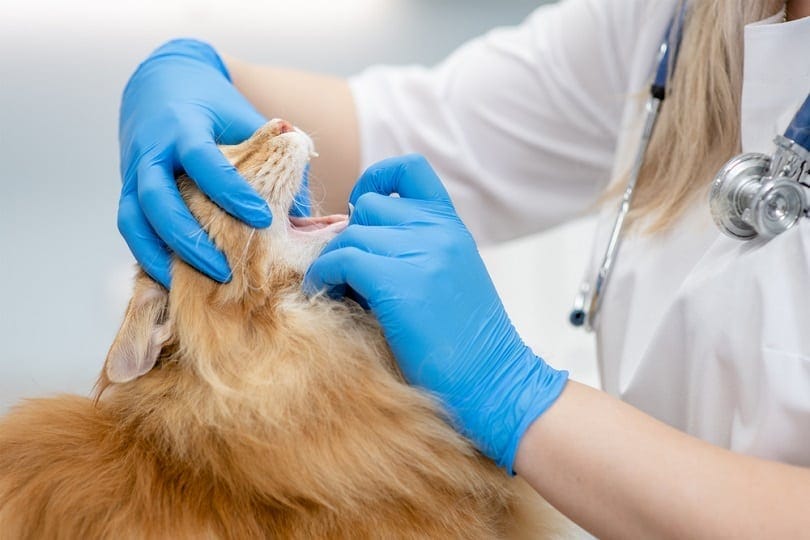
 What Will the Treatment for The Cat’s Anorexia Be?
What Will the Treatment for The Cat’s Anorexia Be?
The treatment will largely depend on identifying the underlying cause. Bacterial Infections such as gastroenteritis or respiratory infections can be treated with oral antibiotics. Abscesses will need incision, drainage, and debridement, followed by oral therapy. Masses, polyps, fractures, tumors, and some obstructions often require surgical treatment. In some extreme cases, your cat might need to stay in the hospital with intravenous therapy to restore hydration and electrolyte balance.
Complex cases of gastrointestinal disease might need the cat to be fed using a tube. The details of tube placement and feeding technique depend largely on the specific case some of these cases require days of hospitalization. In addition, the veterinarian might prescribe some pain management medication to your cat.
The veterinarian will find an appropriate treatment for your cat’s specific case after identification of the underlying cause of the anorexia. It is important to get professional advice and follow the veterinarian’s recommendations and prescriptions. Please never try to medicate your cat with medicine that works for you, as many human medications are toxic for cats.
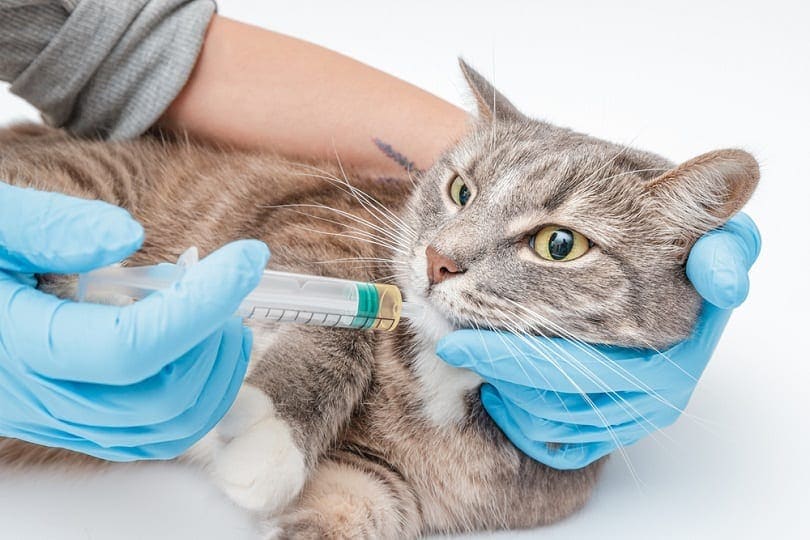
What If the Veterinarian Thinks the Cat Is Healthy?
If the veterinarian finds out that the cat is not suffering from any underlying disease, and all test results are within normal parameters, this is very good news—your cat is healthy! However, the case is not over until the cat resumes to normal eating habits.
- Improve the overall balance and quality of the diet. Chose foods that are nutritious and have a good balance of fats and proteins.
- Try to make a change in the cat’s food to make it more attractive to your cat. You can experiment with adding moisture with flavorful broths, adding palatable food toppings such as cat’s wet food, warming the food, and even changing its shape, for example, breaking it into smaller pieces.
- Try to recognize any environmental change that could be stopping your cat from eating. Sometimes little details such as a fridge’s noise becoming louder in the same room as the cat’s plate can be the triggering factor.
- In a multiple-cat household, it is important to always observe the social structure and interaction between the cats. Territorial displacement, dominance, and aggression might be the reason for one of the cats not eating. If you identify any of these cases as the possible cause you can try some of the following strategies:
- The addition of pheromone diffusers to the environment. Pheromone diffusers look like electronic air fresheners, they plug into electrical outlets and required periodic cartridge changes. The cartridge contains synthetic chemicals that mimic naturally occurring pheromones and have a calming effect on the cats. Feliway MultiCat is a good quality product.
- Increase the number of plates and the distance between them.
Do not leave the cats without food under any circumstances. As an owner, it is your responsibility to provide a safe space for each cat to feel comfortable and free of stress. You might have to consider keeping the cats apart and work towards gradual socialization. Consult a specialized cat behaviorist if the problem persists.
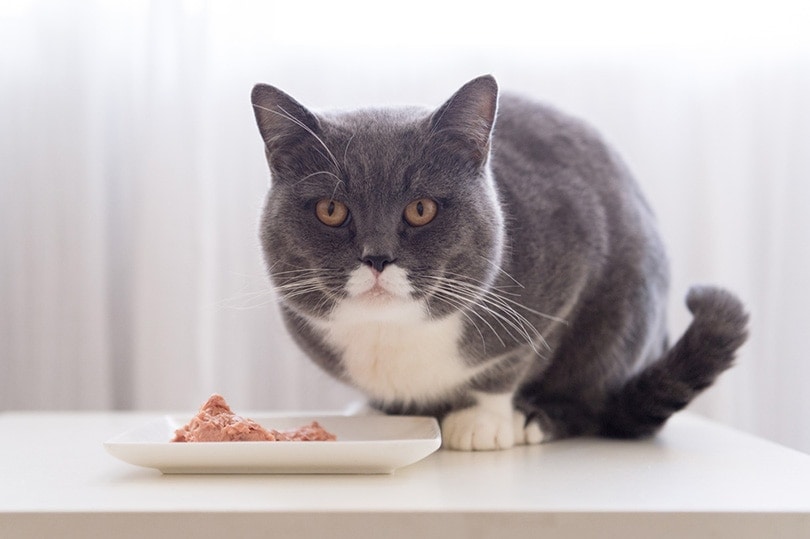
 Additional Important Information & Recommendations
Additional Important Information & Recommendations
- Anorexia should be treated as a serious condition. Immediately inform your veterinarian if the cat continues refusing to eat a day or two after the consultation. A change of treatment plan might be in place.
- It is a good habit to keep your cat under close observation every time it is under medical treatment or is recovering from a disease.
- In many cases, anorexia becomes recurrent or partial. Partial anorexia is when the cat eats less and loses weight gradually over time. Keeping regular records of your cat’s normal weight and diet can help you identify this problem at earlier stages, increasing the chances for a successful treatment.
- Always make sure that your cat’s diet is nutritious, well-balanced, and adequate for the specific stage and condition of your cat.
- Dry food should be consumed within a month of opening to avoid changes in texture or it becoming rancid.
See also:
- Cat Hairballs: Vet-Approved Causes, Prevention & Remedies
- Cat Not Eating After Move, Are They All Right?
Featured Image Credit: Elena Kutepova, Shutterstock


 What Will the Treatment for The Cat’s Anorexia Be?
What Will the Treatment for The Cat’s Anorexia Be? Additional Important Information & Recommendations
Additional Important Information & Recommendations